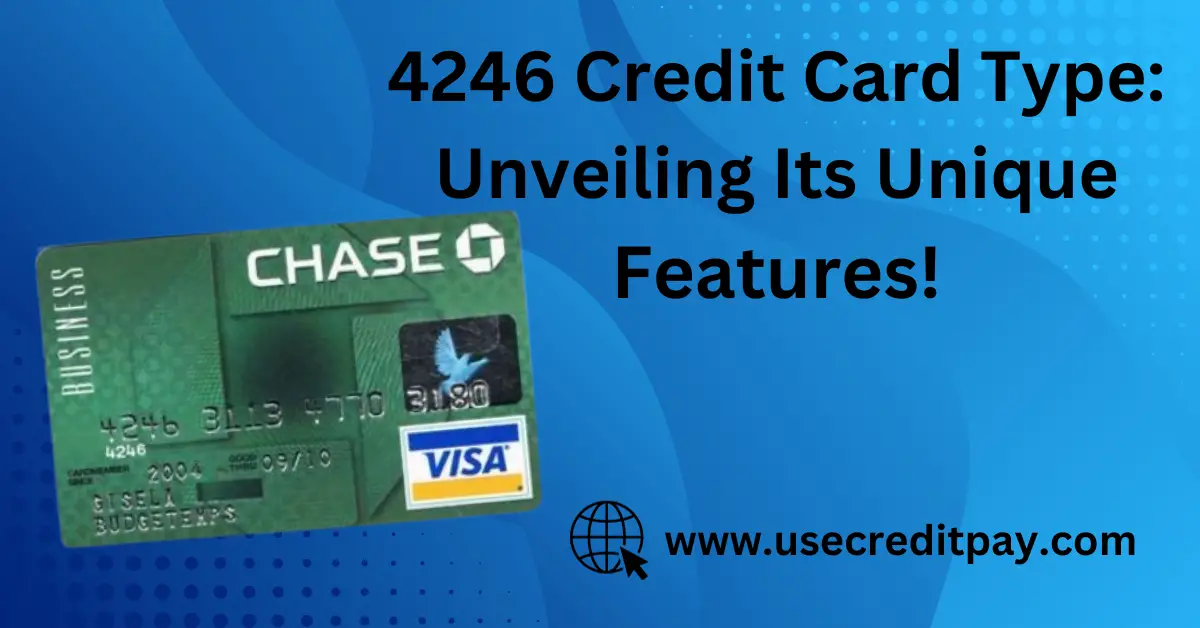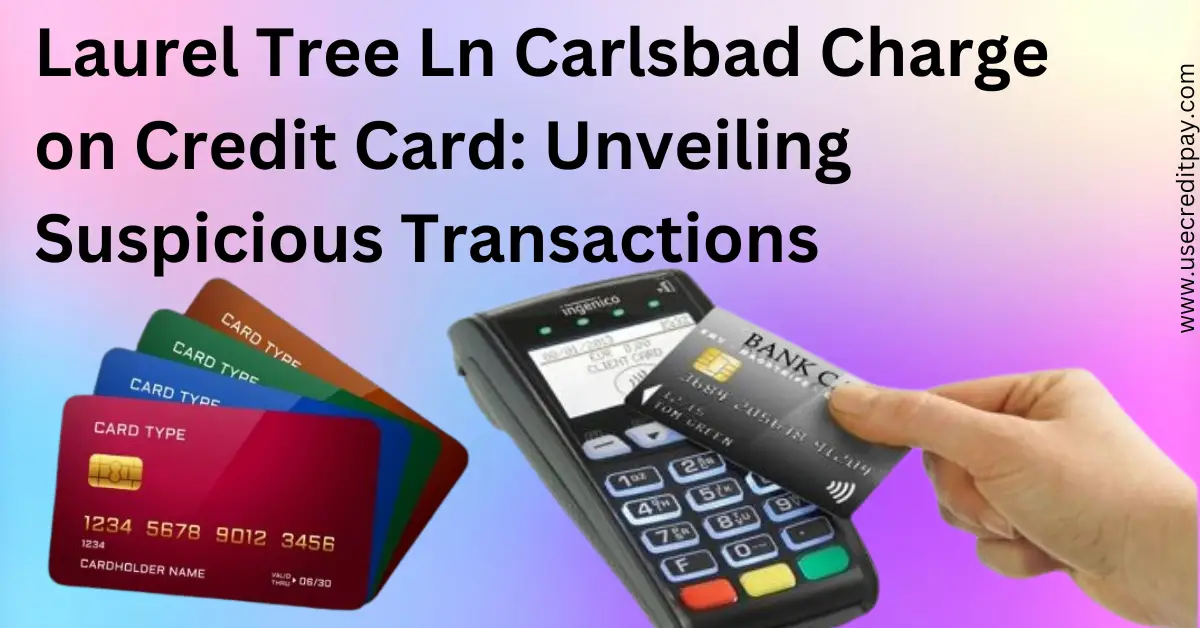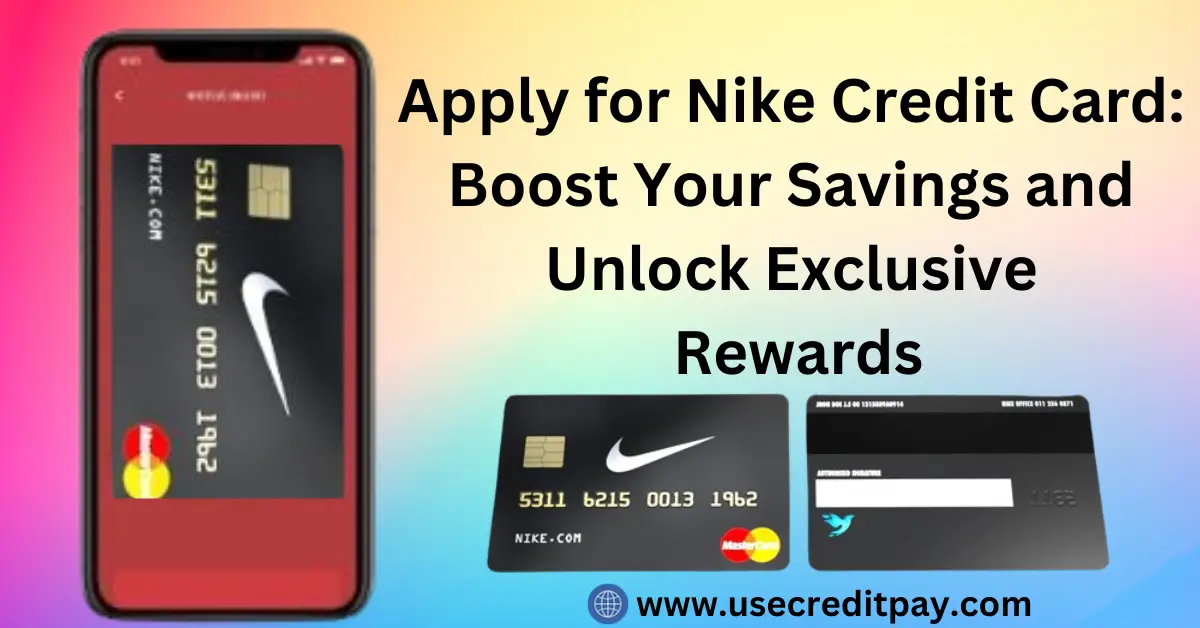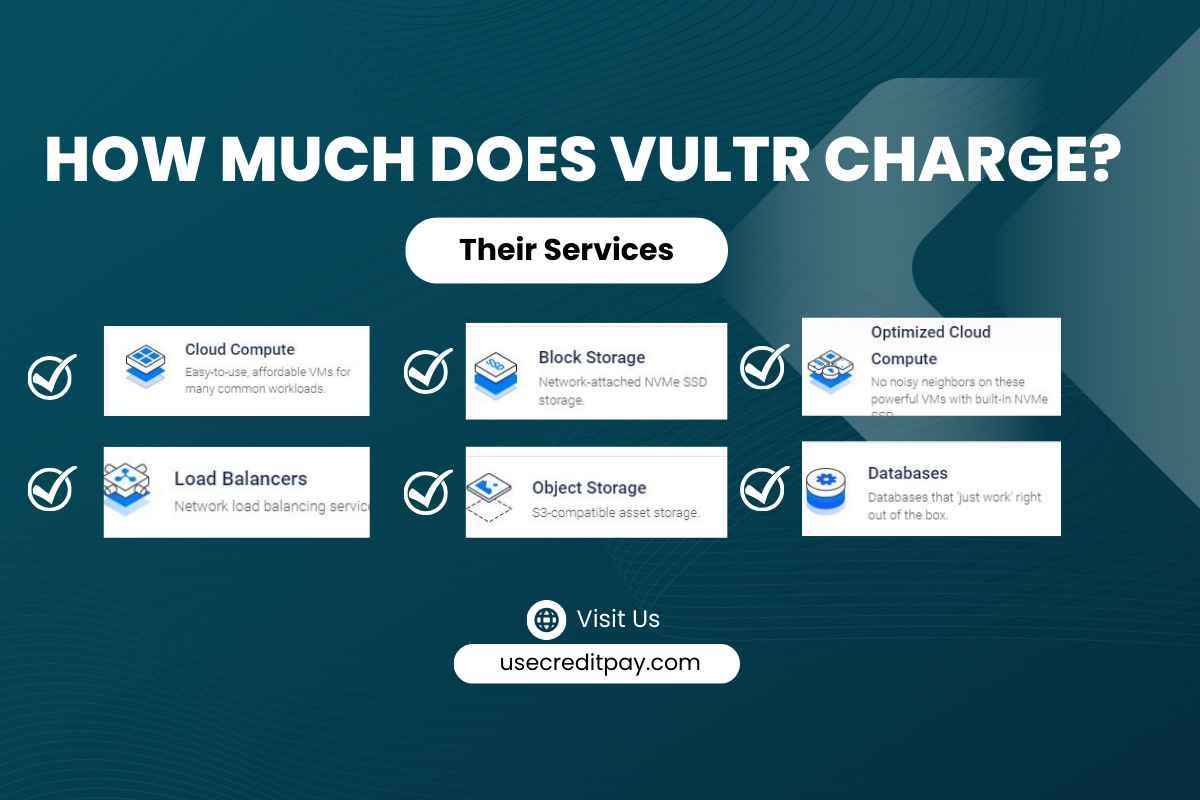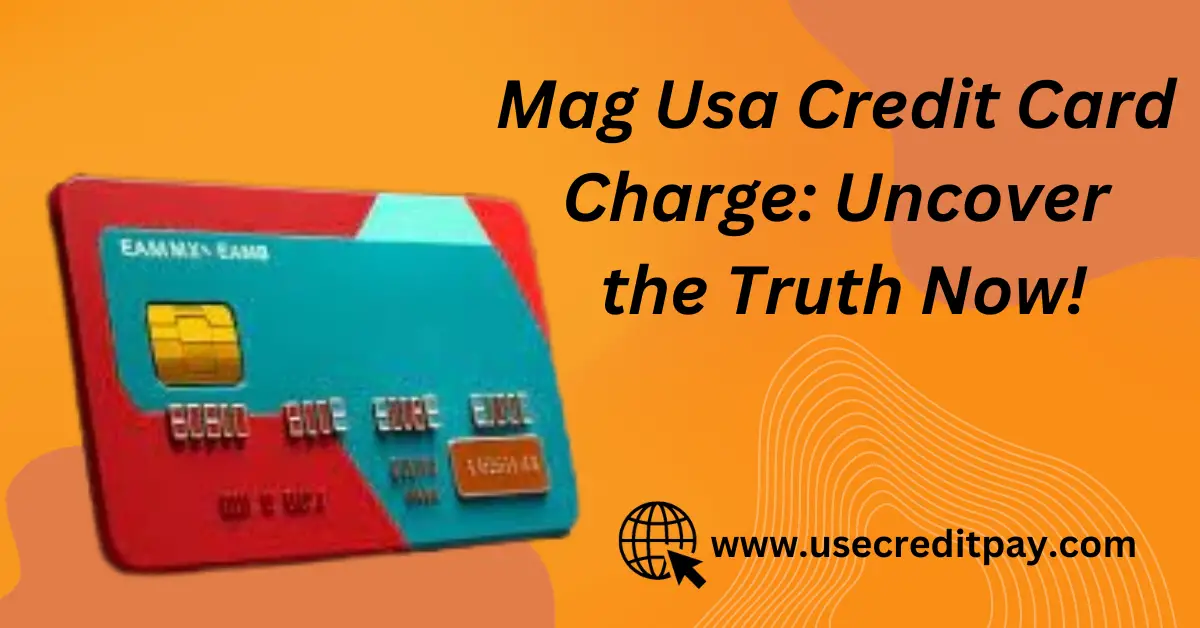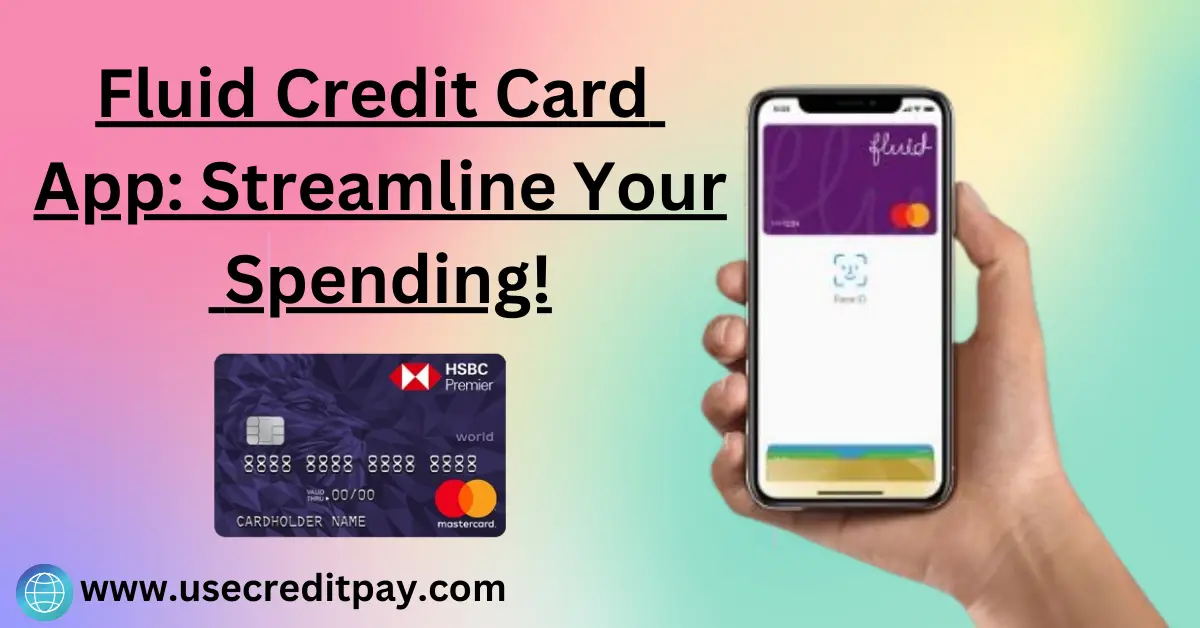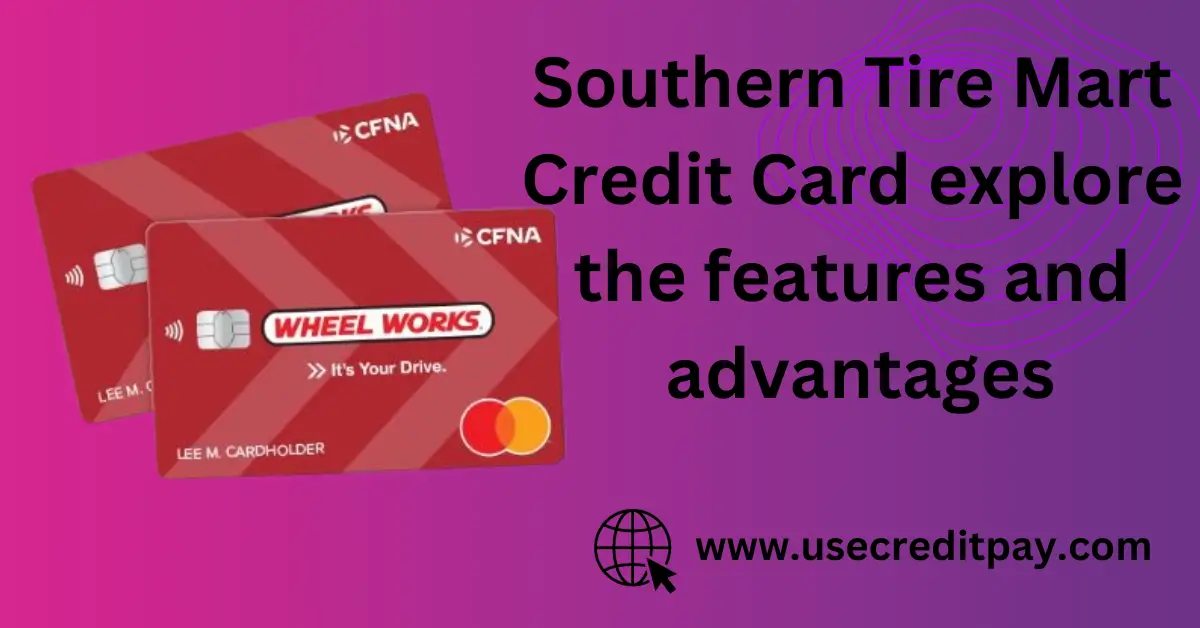Ncourt Charge on Credit Card: Mystery Fees Explained!
An Ncourt charge on your credit card typically signifies a payment for court-related fees or fines. It’s a transaction for legal financial obligations processed through the Ncourt payment system.
Navigating the perplexities of financial transactions related to legal matters can often be confusing, but understanding an Ncourt charge is straightforward. When you see an Ncourt listing on your bank statement or credit card ledger, it indicates that you or someone with access to your card has made a payment toward court services or fines through the Ncourt system, which is a secure payment platform used by numerous courts across the United States to facilitate various types of legal payments.
This could include traffic tickets, court-imposed fines, or other monetary penalties mandated by judicial entities. Recognizing these charges can help you track your financial interactions with the court system and ensure that your obligations are met in a timely manner.
Unraveling The Mystery Of Ncourt Charges
Unraveling the Mystery of Ncourt Charges
Seeing an unfamiliar charge on your credit card statement can be alarming. Ncourt charges may pop up, leaving you puzzled. It’s time to shed light on these charges. Stay informed about where your money is going.
Look closely at your statement for key details. Ncourt typically handles payments for governmental and court-related services. These entries often include the name Ncourt. They might also have a location or service type mentioned.
Scan for entries that stand out as government or court linked, to pinpoint the Ncourt charge.
Ncourt processes a variety of fees.
- Traffic citations
- Parking tickets
- Court-imposed fines
- Utility bills
- Permit fees
Each charge includes a service fee. The fee covers the online payment facility.
| Service | Typical Fee |
|---|---|
| Traffic Citation Payment | $3 – $5 |
| Parking Ticket Payment | $2 – $4 |
| Court Fines | $5 – $10 |
These figures are only estimates. Check with the relevant authority for precise fees.
Ncourt And The Court System Interface
Ever noticed a charge from Ncourt on your credit card and wondered what it’s for? Ncourt is an online payment solution many courts use to handle various types of fines and fees digitally. This online system is a bridge between the public and the justice system, allowing for secure, swift, and convenient transactions. Ncourt ensures that your payments reach the right place without hassle.
How Ncourt Operates With Judiciary Payments
Ncourt simplifies the payment process for court-related expenses. It works closely with the court systems to provide a seamless experience for users. Here is how it functions:
- User-friendly Interface: A simple online platform guides you through the payment process.
- Secure Transactions: Safety protocols protect your personal and financial information.
- Direct Court Integration: Payments are quickly processed and directly applied to your case.
With Ncourt, paying fines or fees becomes an easy online task, done from the comfort of home or on the go.
The Role Of Ncourt In Traffic Fines And Citations
For traffic-related offenses, Ncourt steps in to facilitate penalty payments. Here is its role outlined:
| What Ncourt Does | Benefit to You |
|---|---|
| Processes citation payments | Saves time and avoids court visits |
| Offers payment plans | Makes fines more manageable |
| Keeps track of receipts | Provides proof of payment instantly |
Whether it’s a parking ticket or a speeding fine, Ncourt is your go-to for quick resolution. No more long lines, no more paperwork, just a few clicks, and you’re done.
Understanding Your Transaction With Ncourt
Seeing an Ncourt charge on your credit card can be puzzling. Ncourt provides a platform where you pay for various government-related services. These may include court fees, fines, or utility bills. Understanding these transactions ensures you are aware of what you are being charged for and why.
Breaking Down The Charges: What Am I Paying For?
Ncourt charges are not random fees. Each charge is specific to a service provided. Let’s take a closer look:
- Court Fees: Costs associated with court services, such as ticket payments or filings.
- Parking Fines: Charges for parking citations that need paying through the Ncourt system.
- Utility Bills: Payments for water, electricity, or other utilities offered by your local government.
These fees vary by location and service. Always review your statement to ensure accuracy.
The Process Of Charging: When Ncourt Fees Hit Your Card
Your credit card gets charged when you complete a transaction. Here’s how the process unfolds:
- You initiate payment through the Ncourt system.
- The system processes your information and confirms the amount.
- Your card is charged, often appearing as “Ncourt” or a related descriptor.
- The charge may take a few days to show on your account.
Check your credit card statement after each transaction. Contact Ncourt for clarifications on charges. It ensures no surprise fees appear on your statement.
Safeguarding Against Fraudulent Charges
Safeguarding Against Fraudulent Charges in our digital era is crucial. Everyone must know how to recognize genuine charges. With the increase in online transactions, Ncourt fees might appear on your credit card statements. Ncourt is a typical payment processing platform used for court-related payments. It is vital to differentiate between legitimate and suspicious charges to protect your finances.
Spotting Legitimate Vs. Suspicious Ncourt Fees
Understanding which Ncourt fees are legitimate helps prevent unnecessary panic. Legitimate charges come from legal fines or fees you’ve paid online. Spotting a suspicious charge requires a keen eye.
- Check the transaction date: Match it with your payment records.
- Review the amount charged: Ensure it aligns with your payment.
- Authenticity: Ncourt charges should be for court-related expenses.
If the details don’t add up, the charge might be fraudulent. Important details to watch out for will be listed in your transaction history.
Steps To Take If You Suspect A Fraudulent Charge
Act swiftly if you suspect a fraudulent Ncourt charge on your card. Follow these steps:
- Contact your bank: Alert them immediately to prevent more charges.
- Gather evidence: Collect all records of your recent transactions.
- Report to Ncourt: Inform them of the unrecognized charge for investigation.
- Monitor your statements: Keep an eye on future transactions closely.
- Update passwords: Change your online passwords for added security.
Quick action can minimize damage and resolve issues promptly.
Seeking Clarity: How To Question A Charge
Unexplained charges on your credit card can be alarming. When you spot a transaction labeled as “Ncourt Charge,” understanding how to address this issue is crucial.
Contacting Ncourt Customer Service For Charge Inquiries
Swift action is key after noticing an unusual charge. Reach out to Ncourt’s customer service directly. They can shed light on why the charge appears on your statement. Here’s a simple breakdown:
- Locate the customer service number on your bank statement or Ncourt’s website.
- Prepare your account details and the specific charge you’re questioning.
- Call during business hours for prompt support.
- Ask detailed questions to understand the charge origin.
Remember, documenting your interaction may assist in resolving the issue faster.
Navigating Refunds And Disputes On Ncourt Charges
If you’ve identified a charge error, Ncourt provides a process for refunds and disputes:
- Review Ncourt’s refund policy for specifics on eligible charges.
- Submit a dispute form through their online platform or by email.
- Provide the required documentation to support your claim.
Patience is essential, as refunds and disputes can take time to process. Stay persistent and in communication with Ncourt’s support team for the best outcome.
Preventing Unexpected Ncourt Fees In The Future
Preventing unexpected Ncourt fees on your credit card requires attention and smart use of their services. Let’s delve into practical steps to ensure these charges never catch you off guard again.
Tips For Monitoring Credit Card Activity
Keeping track of what you spend on your credit card is essential. Start with these simple habits:
- Check statements regularly: Make it a routine to review your credit card statements. Do this weekly to catch discrepancies early.
- Set up alerts: Most credit card providers allow you to set up transaction alerts via email or text. Use this feature to get real-time updates.
- Review Ncourt receipts: After using Ncourt services, always check the receipt to confirm the correct amount has been charged.
- Use budgeting apps: Budgeting apps that sync with your credit card can help you track spending and identify unusual charges.
Using Ncourt’s Services Wisely To Avoid Surprises
Making the most of Ncourt’s services requires you to stay informed and proactive. Consider these tips:
- Understand the fees: Be aware of all the potential fees when using Ncourt’s services. Visit their website or contact customer service for a breakdown.
- Pay on time: Late payments can lead to additional charges. Keep track of due dates to avoid late fees.
- Dispute errors immediately: If you find a charge you did not authorize, report it to Ncourt quickly to rectify the issue.
By actively managing your credit card and using Ncourt’s services intelligently, you can dodge those unexpected fees.
Frequently Asked Questions On Ncourt Charge On Credit Card
What Is An Ncourt Charge On Credit Cards?
An Ncourt charge is a transaction fee that appears when you use your credit card to pay for court-related services. This could include fines, tickets, or other legal fees processed through Ncourt, a payment processing platform used by courts.
Why Did I Get An Ncourt Charge?
You likely received an Ncourt charge because you recently made a payment for a court-related expense such as a traffic ticket, court fine, or a legal fee that uses Ncourt’s payment system.
Is The Ncourt Charge Legitimate?
Yes, an Ncourt charge is typically legitimate and indicates that you’ve paid for court services or fines through their online payment system. Always verify your payment details if uncertain.
How Can I Dispute An Ncourt Charge?
To dispute an Ncourt charge, contact Ncourt customer service directly for assistance. Provide them with the charge details, and they will guide you through the dispute process.
Conclusion
Navigating nCourt charges on your credit card can be perplexing. Rest assured, they often relate to court payments or violations. Always verify with your statement and reach out for clarity if needed. It’s your right to understand every charge that appears, ensuring peace of mind with your finances.
